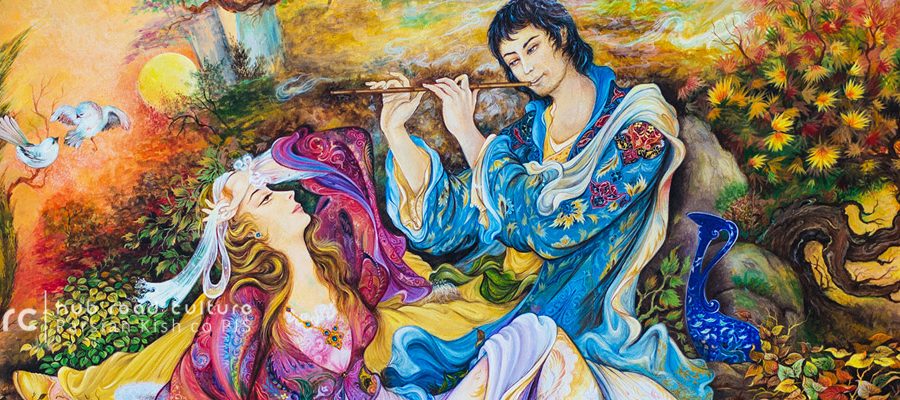Persian Miniature
Persian Miniature is a small painting, whether a book illustration or a separate work of art intended to be kept in an album of such works. The techniques are broadly comparable to the Western and Byzantine traditions of miniatures in illuminated manuscripts, which probably had an influence on the origins of the Persian tradition.Although there is an equally well-established Persian tradition of wall painting, the survival rate and state of preservation of miniatures is satisfying.
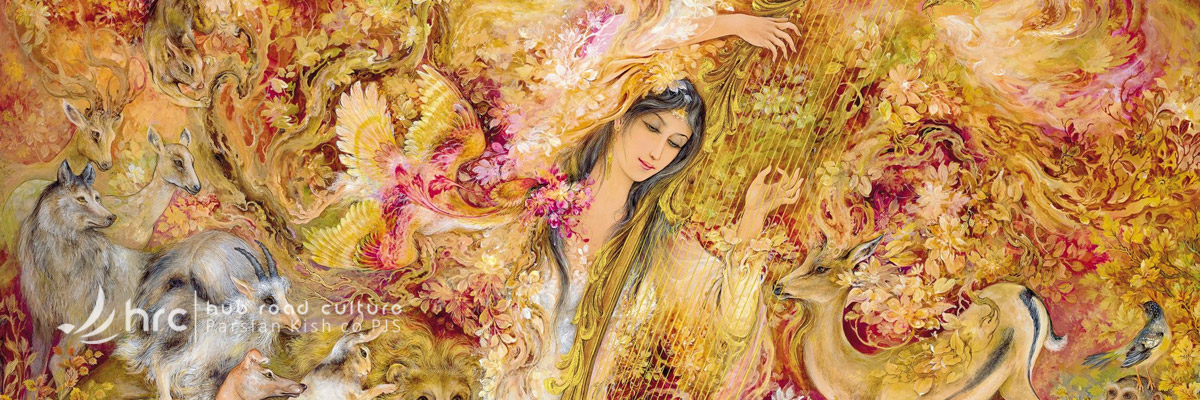
Features
Several features about Persian Miniatures stand out. The first is the size and level of detail; many of these paintings are quite small, but they feature rich, complex scenes which can occupy a viewer for hours. Classically, a Persian Miniature also features accents in gold and silver leaf, along with a very vivid array of colors.Persian Miniatures also merit undivided attention; the longer one looks at a Persian miniature, the more details and themes emerge. The study of a single miniature can take up an entire day, for the details to be unfolded; as, many museums conveniently have detailed guides to the figures and themes in their Persian Miniatures so that visitors can learn more about what they are seeing.
Origins
The Persian Miniature was probably inspired by Chinese art, given the very Chinese themes which appear in some early examples of Persian Miniatures. Many of the mythological creatures depicted in early Persian art, for example, bear a striking resemblance to animals in Chinese myth. Over time, however, Persian artists developed their own style and themes, and the concept of the Persian Miniature was picked up by neighboring regions.Miniature painting became a significant Persian form in the 13th century, and the highest point in the tradition was reached in the 15th and 16th centuries. The tradition continued, under some Western influence. The Persian Miniature was the dominant influence on other Islamic Miniature traditions, principally the Ottoman miniature in Turkey, and the Mogul miniature in the Indian sub-continent.
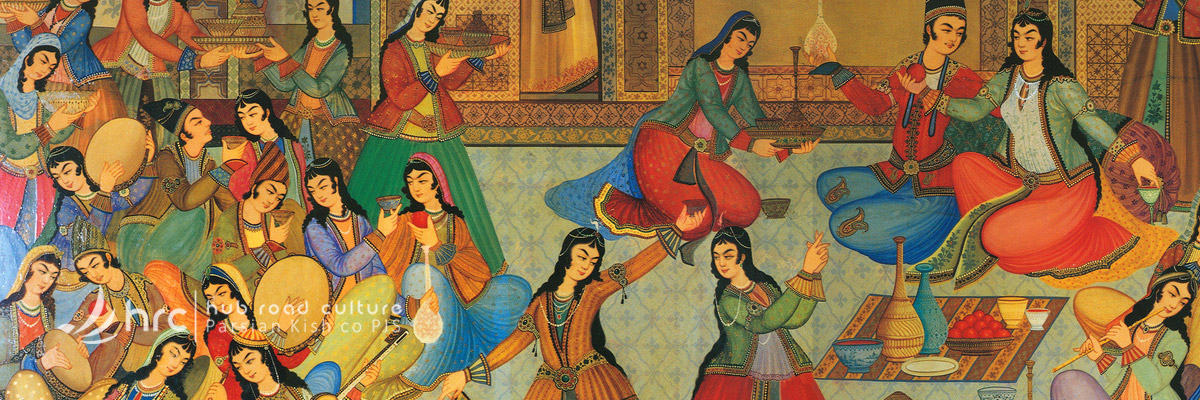
Artists and Techniques
Iran Miniature artists are recognizable for their emphasis on natural and realist motifs. Also, worth noting is the Persian technique of “layering” perspectives to create a sense of space, which gives the viewer a sense of three-dimensional space and the ability to focus on certain aspects of the piece to the exclusion of others.Content and form are other fundamental elements of Persian Miniature painting, and miniature artists are renowned for their modest, subtle use of color. The themes of Persian miniature are mostly related to Persian mythology and poetry. Persian miniatures use pure geometry and a vivid palette. The allure of Persian miniature painting lies in its absorbing complexities and in the surprising way it speaks to large questions about the nature of art and the perception of its masterpieces.
History
The history of the art of painting in Iran, goes back to the cave age. In the caves of Lorestan province, painted images of animals and hunting scenes have been discovered.Paintings discovered by W. Semner, on the walls of buildings, in Mallyan heights, in Fars, belong to 5,000 years ago.
Paintings discovered on earthenware in Lorestan, and other archaeological sites, prove that the artists of this region were familiar with the art of painting. Also, from the Ashkanid era, few mural paintings, mostly discovered in the northern parts of Forat River, have been uncovered. One of these paintings is a display of a hunting scene, consisting of riders and animals, and the style in this work reminds us of the Iranian miniatures.
In the paintings of Achaemenid era, profile work was preferred by the artists. The proportion and beauty of colors of this era are remarkable. The colors of the same tune are shadeless. In some cases, black stripes limited the colorful surfaces.The paintings of “Torfan”, discovered in the desert of “Gall”, a region in the Turkistan province in China, belong to 840 to 860 AD.These mural paintings exhibit Iranian scenes and portraits. Images of tree branches also exist in these paintings.
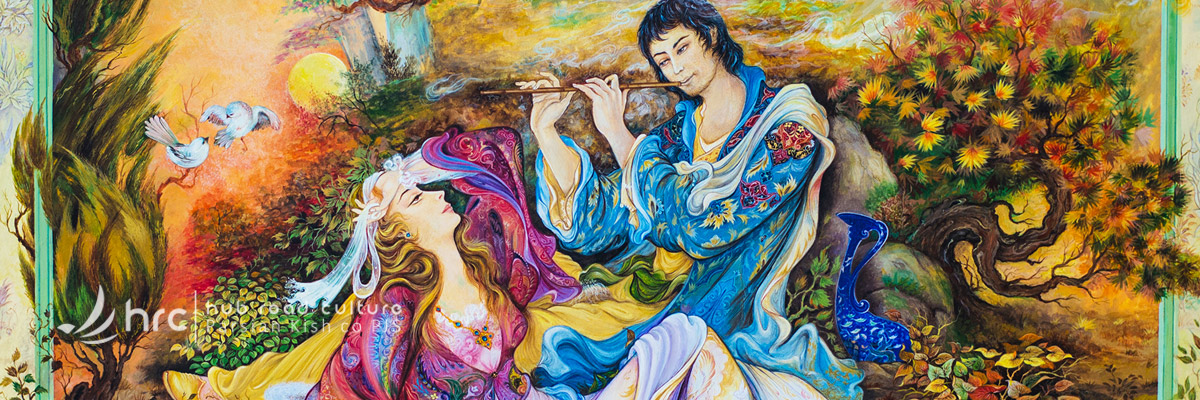
China, perhaps since the 7th century, has been the most important incentive for the art of painting in Iran. Ever since, a relation has been established between Buddhist Chinese painters and, Iranian artists. The most important evolution in Iranian art has been the adoption of Chinese designs and coloring that were mixed with the specific conception of Iranian artists.After the emergence of Islam, Iranian artists began adorning the books’ prefaces and the margins.These designs were passed on to the next centuries, together with precise principles and rules, which is known as the “Art of Illumination”; best example of which is a book called “Manafe-al-Hayvan” (1299 AD). Diverse subjects of this book, require numerous images that are so important in familiarizing the reader with the Iranian art of painting. Mogul emperors, after the invasion of Iran, were impressed by the Persian Miniature and encouraged the painters, initiating the former kings of Iran. In the paintings of Mogul style, we can enumerate, subtleties, decorative compositions, and fine short lines. Artists of the Mogul royal court honored not only the techniques but also Iranian themes. A part of their work consisted of illustrating Iranian literary masterpieces such as “The Shahnameh” of Ferdowsi.Art experts believe that during Taimoor’s era, the art of painting in Iran, had reached a climax; during which, outstanding masters, such as Kamal-ul-Din Behzad, contributed a new touch to the Iranian painting. His most famous work is “The Seduction of Yusuf” from Sa’di’s Bustan of 1488.
School of painting in Isfahan
Here, this art was detached from the influence of the Chinese out and stepped on a new road and inclining towards naturalism.
Agha Reza Reza-e Abbasi (1565 – 1635) was the most renowned Persian Miniaturist, painter and calligrapher of the Isfahan School, and founder of “Safavid School of Painting”.Today his works can be found in the museum that bears his name in Tehran, as well as in many of the major museums of the West, such as the Smithsonian, the Louvre and the Metropolitan Museum of Art.In Safavid style artists paid more attention to generalities and, avoided unnecessary details, as used in Harat and Tabriz styles. The smoothness of lines, the quick expression of feelings, and condensing the subjects are the characteristics of the Safavid style of painting. Since the end of the Safavid era, perspective and shading, a result of the European style, appeared in the Iranian paintings.
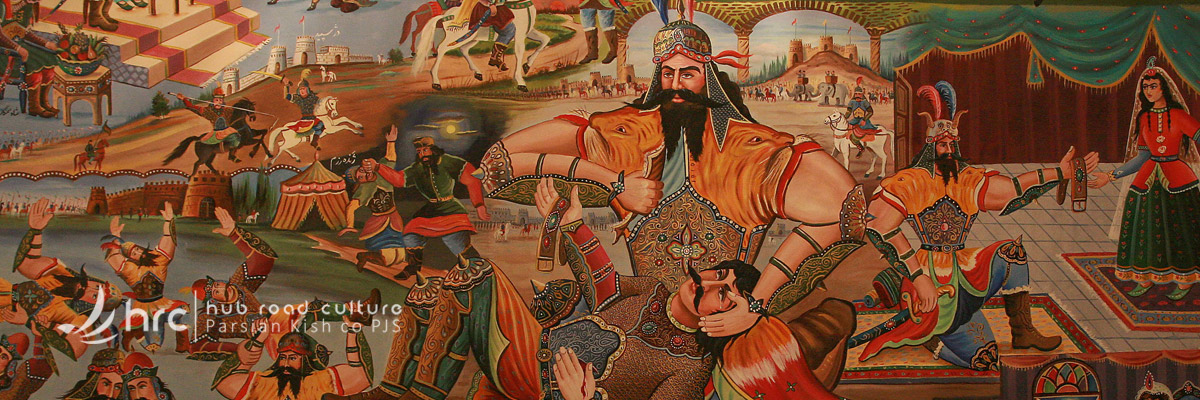
Qajar era Painting
Paintings of the Qajar era, are a combination of the classic European arts and Safavid Miniature techniques. In this period, Mohammad Gaffari Kamal-ul-Molk, pushed forward the European classical style of painting in Iran. Under the Qajar a kind of painting known as the “Teahouse” painting found its place; which is a new phenomenon in the history of the Iranian art.Mahmoud Farshchian (born January 24, 1930) is another world-renowned master of Persian painting and miniatures. His masterpieces have been hosted by several museums and exhibitions worldwide.
Farshchian is the founder of his own school in Iranian Painting, which adheres to classical form while making use of new techniques to broaden the scope of Iranian painting.

